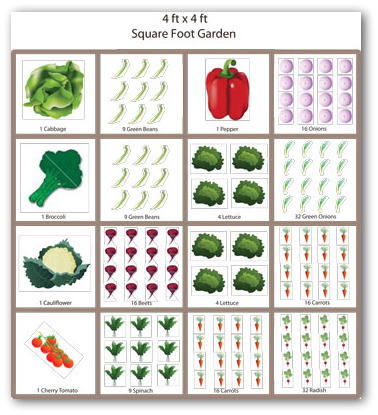
Now for the plants, of which there are hundreds of vegetables, fruits, herbs and flowers to choose from. The Plant List shows your plants' spacing requirements and recommended planting and harvesting dates Pinpoint Precision Means Less Waste Include essentials such as compost bins, water barrels and sheds, then draw out the layout of any growing aids like irrigation lines and plant supports. Objects are easy to resize, move about and orientate, so you can get everything just so. Start with the basic structural elements to your garden, positioning the paths, beds and containers that will form its bare bones.

If you have a very large garden, you may want to create a separate plan for each area. Choose a name for your new plan, select the year, then enter the plan’s dimensions in either metric or imperial units. Set your first plan's name, year and dimensions, and you're ready to get planning! Plan Your Garden Like a ProĬlick on the Create New Plan button to get started. Gardeners growing in a microclimate can manually adjust these dates for even better accuracy, while those in hot climates can split the growing season in two in order to avoid raising cool-season crops in the heat of summer. The Garden Planner then uses this to find your nearest weather station and set your first and last frost dates, which it will then use to recommend planting dates and estimate harvest times local to you.

When creating an account, first set the location of your garden.

The new version improves on the Classic Garden Planner, combining all the best features with a clearer, more intuitive interface.
#Sq ft garden planner pro
Our Garden Planner is an incredibly advanced, and yet refreshingly easy to use tool that will have you planning your garden like a pro in next to no time.


 0 kommentar(er)
0 kommentar(er)
